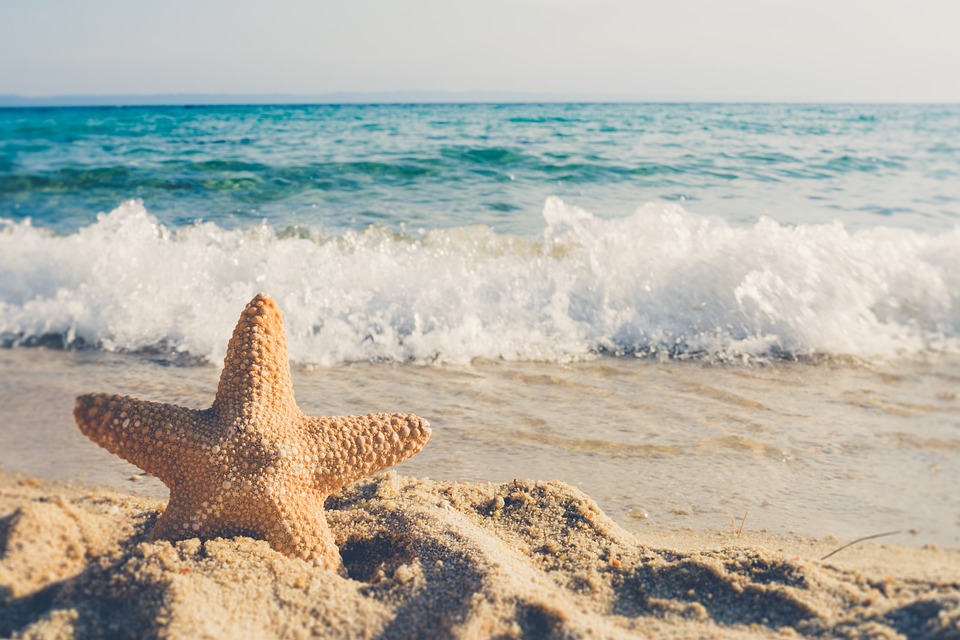Global Warming and Its Impact on Coastal Hazards
Global warming, driven primarily by the accumulation of greenhouse gases in the atmosphere, poses significant risks to coastal regions worldwide. As temperatures rise, the implications for coastal hazards—such as flooding, erosion, and intensified storms—become increasingly severe. Understanding these connections is crucial for developing effective adaptation and mitigation strategies.
Understanding Coastal Hazards
Coastal hazards refer to natural events that can cause damage to coastal areas and communities. These include:
– Flooding: Inundation of land due to storm surges or sea-level rise.
– Erosion: The wearing away of land and beaches, often exacerbated by human activities and climate change.
– Storms: Increased frequency and intensity of storms leading to severe impacts on coastal infrastructure.
Examples of coastal hazards can be observed globally, such as the hurricanes affecting the Gulf Coast in the United States, typhoons in Southeast Asia, and rising sea levels threatening low-lying island nations.
The Science Behind Global Warming
Global warming refers to the long-term increase in Earth’s average surface temperature due to human activities, particularly fossil fuel combustion. This increase leads to:
– Greenhouse Gas Emissions: Carbon dioxide (CO2) and methane (CH4) trap heat in the atmosphere.
– Temperature Rise: Higher temperatures contribute to melting ice caps and glaciers, leading to rising sea levels.
The relationship between temperature rise and sea levels is critical, as even a small increase in global temperatures can lead to significant changes in ocean levels.
Impact of Rising Sea Levels on Coastal Hazards
Rising sea levels are primarily caused by thermal expansion of seawater and melting ice sheets. This phenomenon has several implications for coastal hazards:
– Increased Flooding Risk: Higher sea levels mean that storm surges can inundate larger areas, making coastal flooding more frequent and severe.
– Saltwater Intrusion: As sea levels rise, saltwater can intrude into freshwater aquifers, threatening drinking water supplies and agricultural lands.
Increased Frequency and Intensity of Storms
Global warming is linked to changes in storm patterns:
– Warmer Oceans: Increased ocean temperatures fuel more powerful storms, leading to stronger hurricanes and typhoons.
– Case Studies: Recent storms, such as Hurricane Harvey (2017) and Typhoon Haiyan (2013), illustrate how intensified storms can devastate coastal communities through flooding and wind damage.
Coastal Erosion and Habitat Loss
The acceleration of coastal erosion is another consequence of global warming:
– Increased Erosion Rates: Higher sea levels and stronger storms contribute to faster erosion of beaches and cliffs.
– Ecosystem Impact: Coastal ecosystems, such as wetlands and mangroves, are crucial for biodiversity but are increasingly threatened by erosion. This loss can disrupt habitats for various species and diminish natural protective barriers against storms.
Socioeconomic Implications
The impacts of global warming on coastal hazards extend beyond environmental concerns:
– Economic Costs: Coastal communities face increasing costs related to property damage, infrastructure repair, and emergency response due to more frequent disasters.
– Displacement: Rising sea levels may force communities to relocate, leading to social upheaval and loss of cultural heritage.
Adaptation and Mitigation Strategies
To combat the effects of coastal hazards exacerbated by global warming, various strategies can be employed:
– Integrated Coastal Zone Management (ICZM): A holistic approach that considers environmental sustainability alongside economic development.
– Nature-Based Solutions (NbS): Restoring wetlands or creating artificial reefs can enhance natural defenses against flooding and erosion.
– Policy Development: Local governments must incorporate climate resilience into planning processes to address future risks effectively.
FAQs
Common questions surrounding global warming’s impact on coastal hazards include:
– How fast are sea levels rising? Sea levels are currently rising at an average rate of about 3.3 millimeters per year but may accelerate due to ongoing climate change.
– What can individuals do? Community engagement in local planning initiatives can help shape resilient strategies tailored to specific regional challenges.
Conclusion
The link between global warming and coastal hazards is clear. Rising temperatures lead to increased flooding risks, intensified storms, accelerated erosion, and significant socioeconomic challenges for coastal communities. Proactive measures are essential for mitigating these impacts through effective policy-making, community engagement, and sustainable practices.
Call to Action
It is vital for individuals and communities to share their experiences with coastal hazards and engage in discussions about adaptive strategies. Awareness is key—by understanding these risks collectively, we can foster resilience against the challenges posed by climate change.

Kyle Whyte is a notable scholar and professor at the University of Michigan, holding positions such as the George Willis Pack Professor in the School for Environment and Sustainability and Professor of Philosophy. Specializing in environmental justice, his work critically examines climate policy and Indigenous peoples’ ethics, emphasizing the nexus between cooperative scientific endeavors and Indigenous justice. As an enrolled Citizen Potawatomi Nation member, he brings a vital perspective to his roles as a U.S. Science Envoy and member of the White House Environmental Justice Advisory Council. His influential research is supported by various prestigious organizations including the National Science Foundation, and disseminated through publications in high-impact journals. Kyle actively contributes to global Indigenous research methodologies and education, with affiliations to numerous institutes and societies dedicated to traditional knowledge and sustainability. Recognized for his academic and community engagement, Kyle has earned multiple awards and served in various visiting professorships. His efforts extend to leadership positions on boards and committees focused on environmental justice nationwide.
